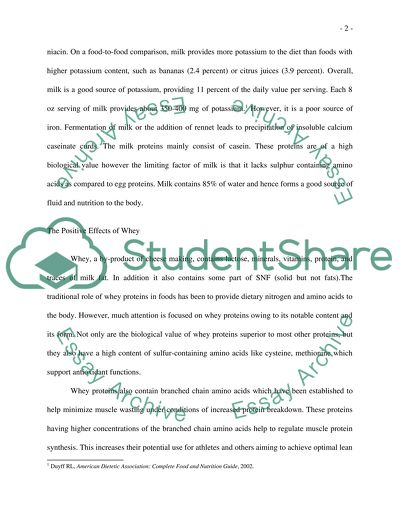Cite this document
(“Dairy Foods and Human Nutrition Essay Example | Topics and Well Written Essays - 1750 words”, n.d.)
Retrieved from https://studentshare.org/health-sciences-medicine/1503644-dairy-foods-and-human-nutrition
Retrieved from https://studentshare.org/health-sciences-medicine/1503644-dairy-foods-and-human-nutrition
(Dairy Foods and Human Nutrition Essay Example | Topics and Well Written Essays - 1750 Words)
https://studentshare.org/health-sciences-medicine/1503644-dairy-foods-and-human-nutrition.
https://studentshare.org/health-sciences-medicine/1503644-dairy-foods-and-human-nutrition.
“Dairy Foods and Human Nutrition Essay Example | Topics and Well Written Essays - 1750 Words”, n.d. https://studentshare.org/health-sciences-medicine/1503644-dairy-foods-and-human-nutrition.


